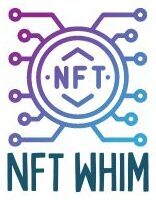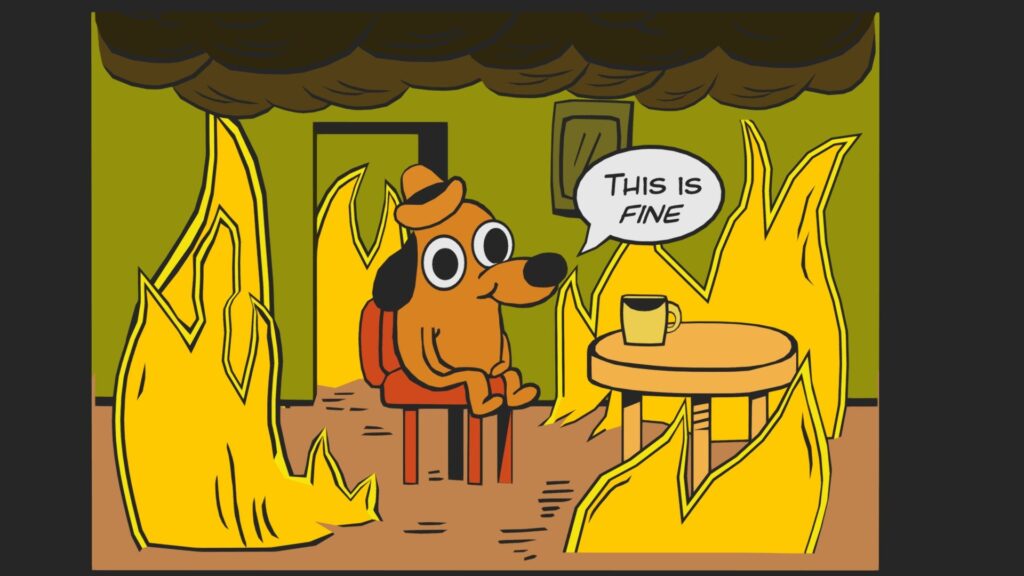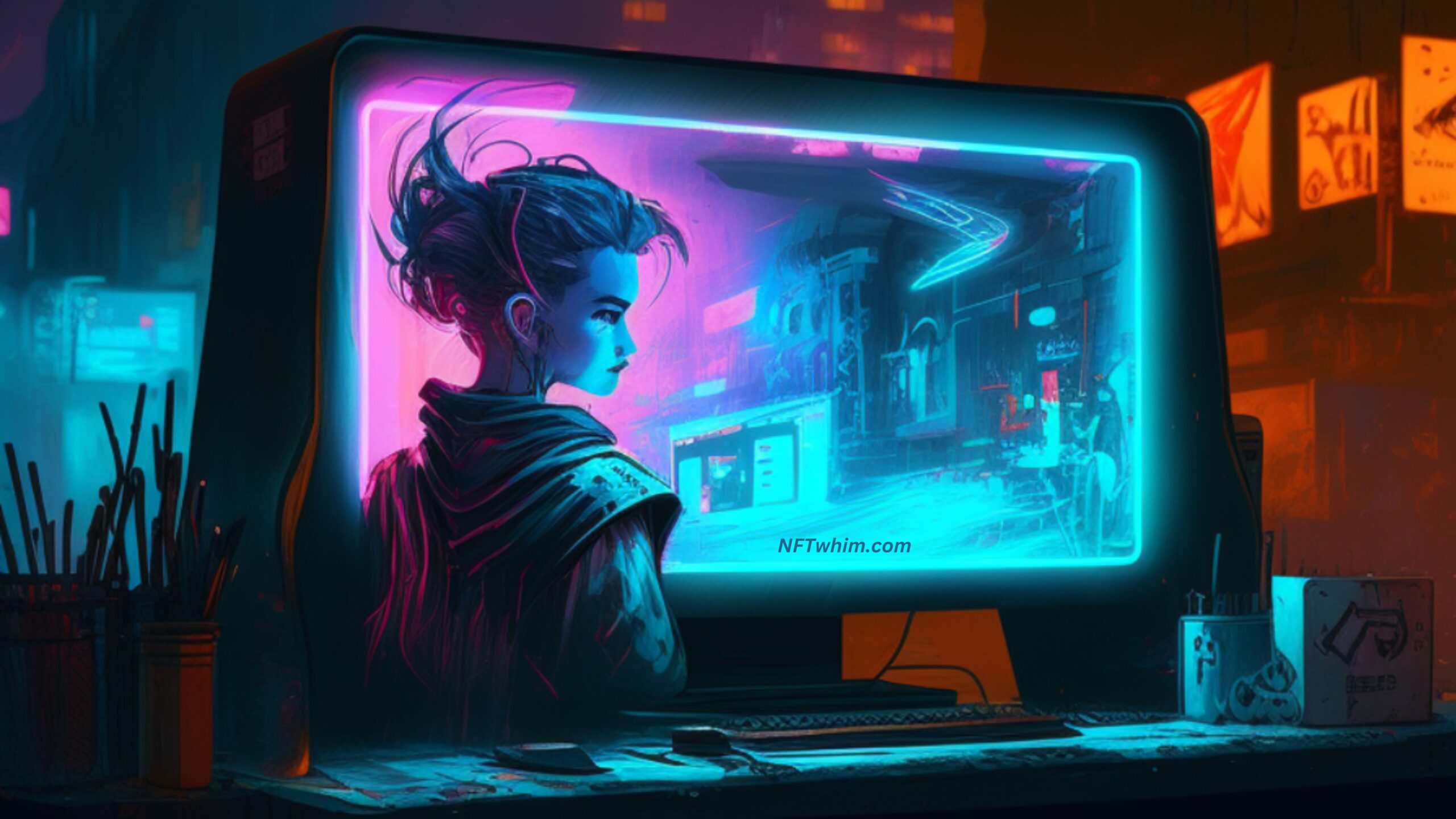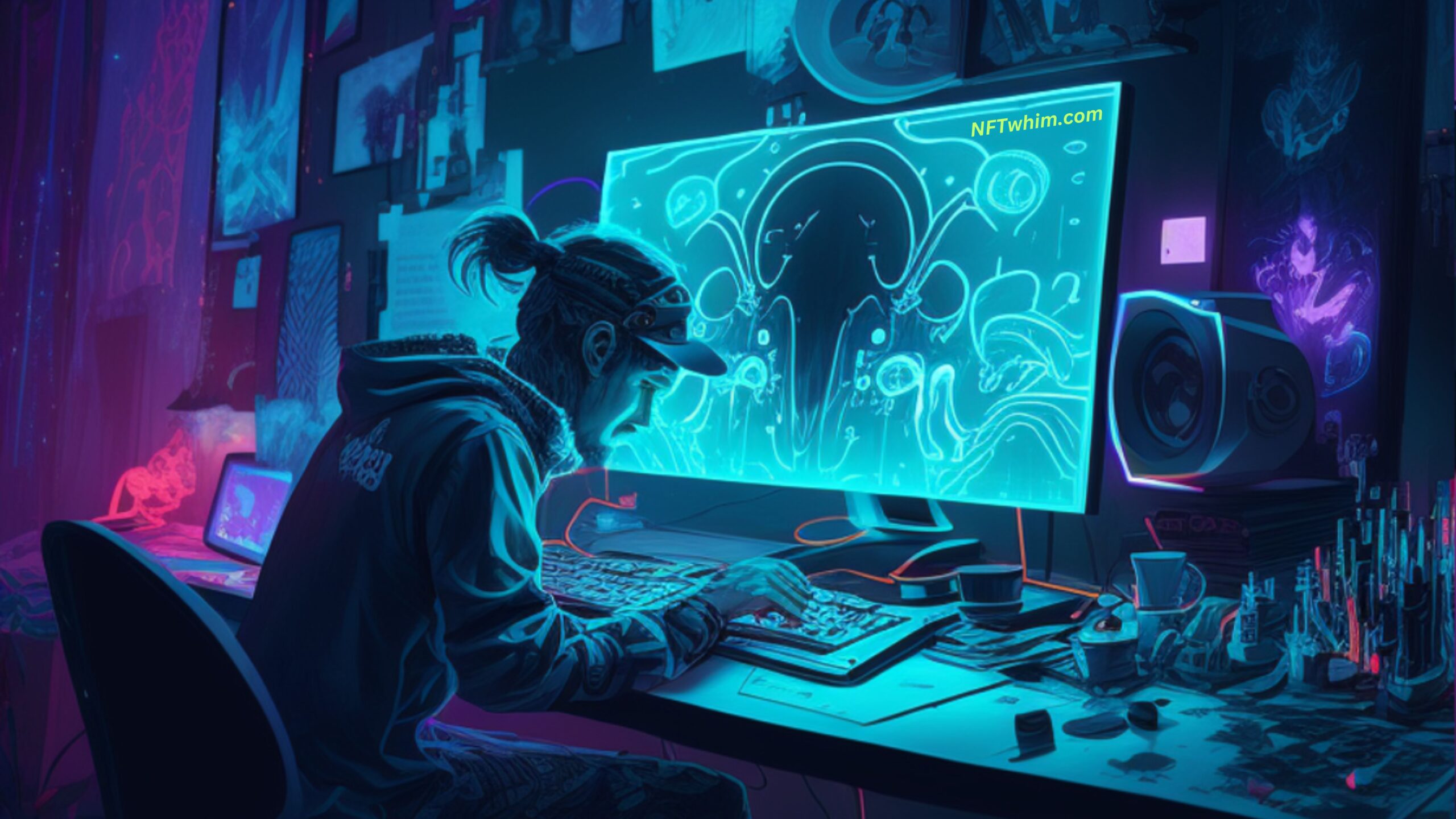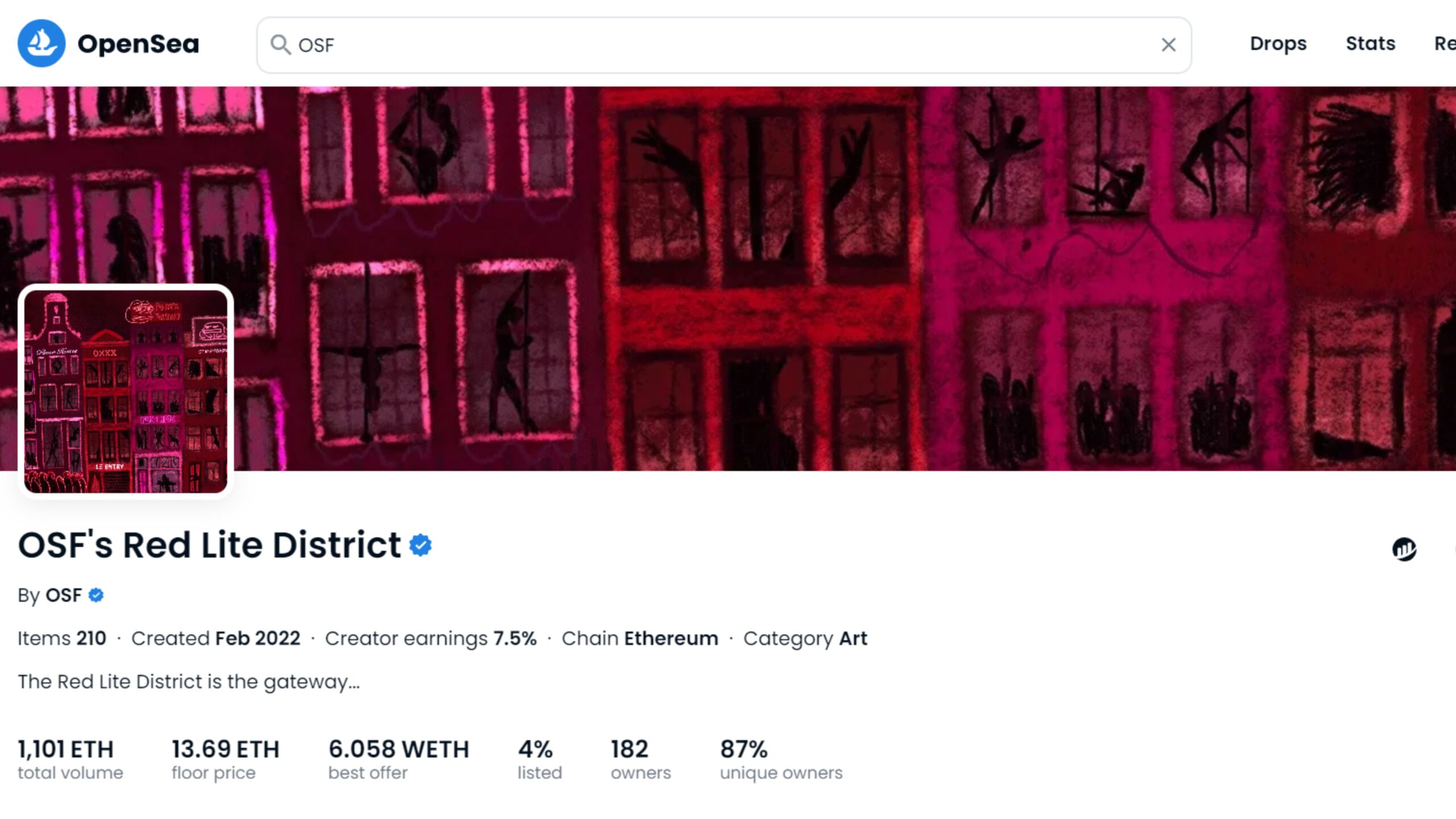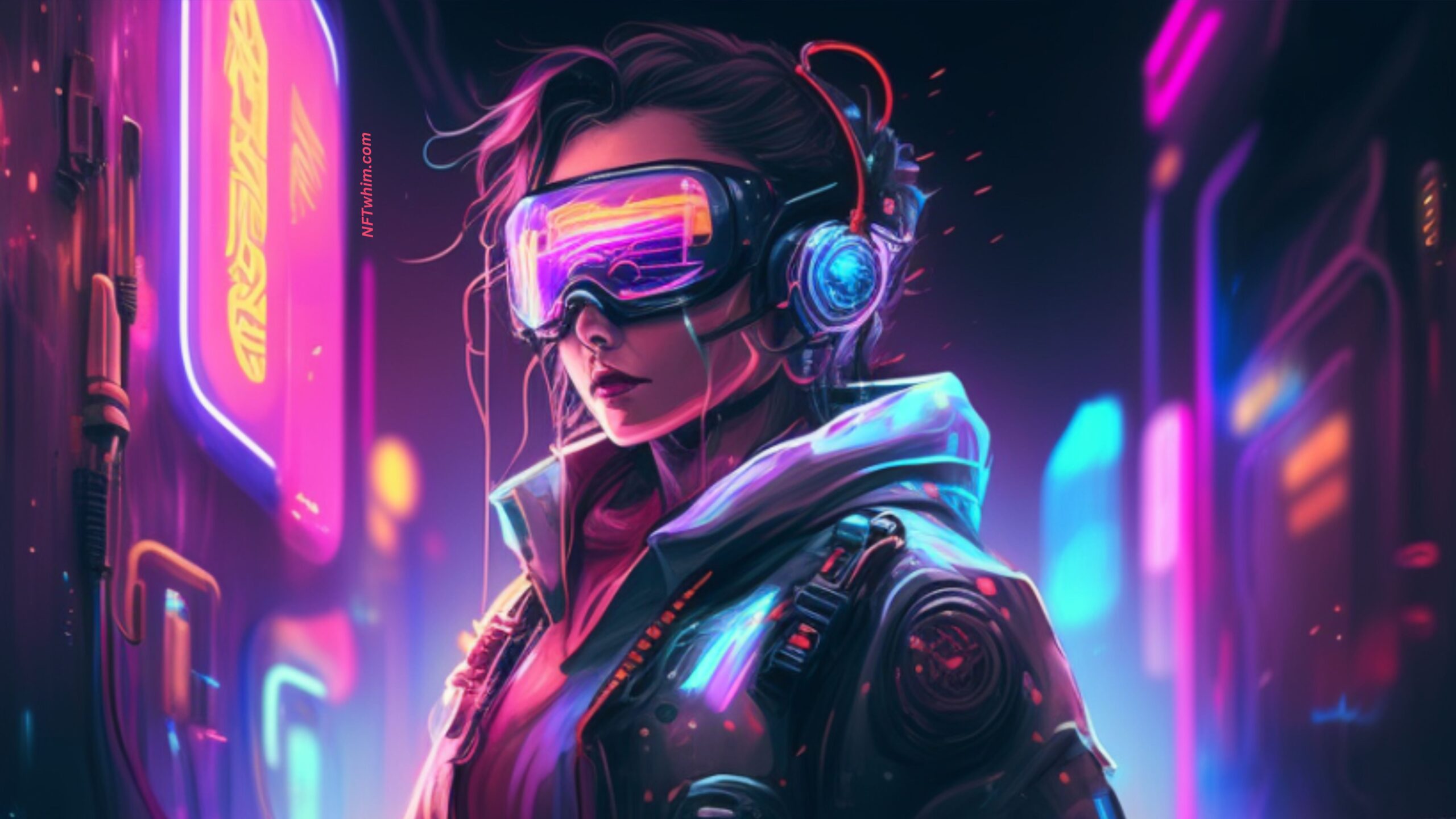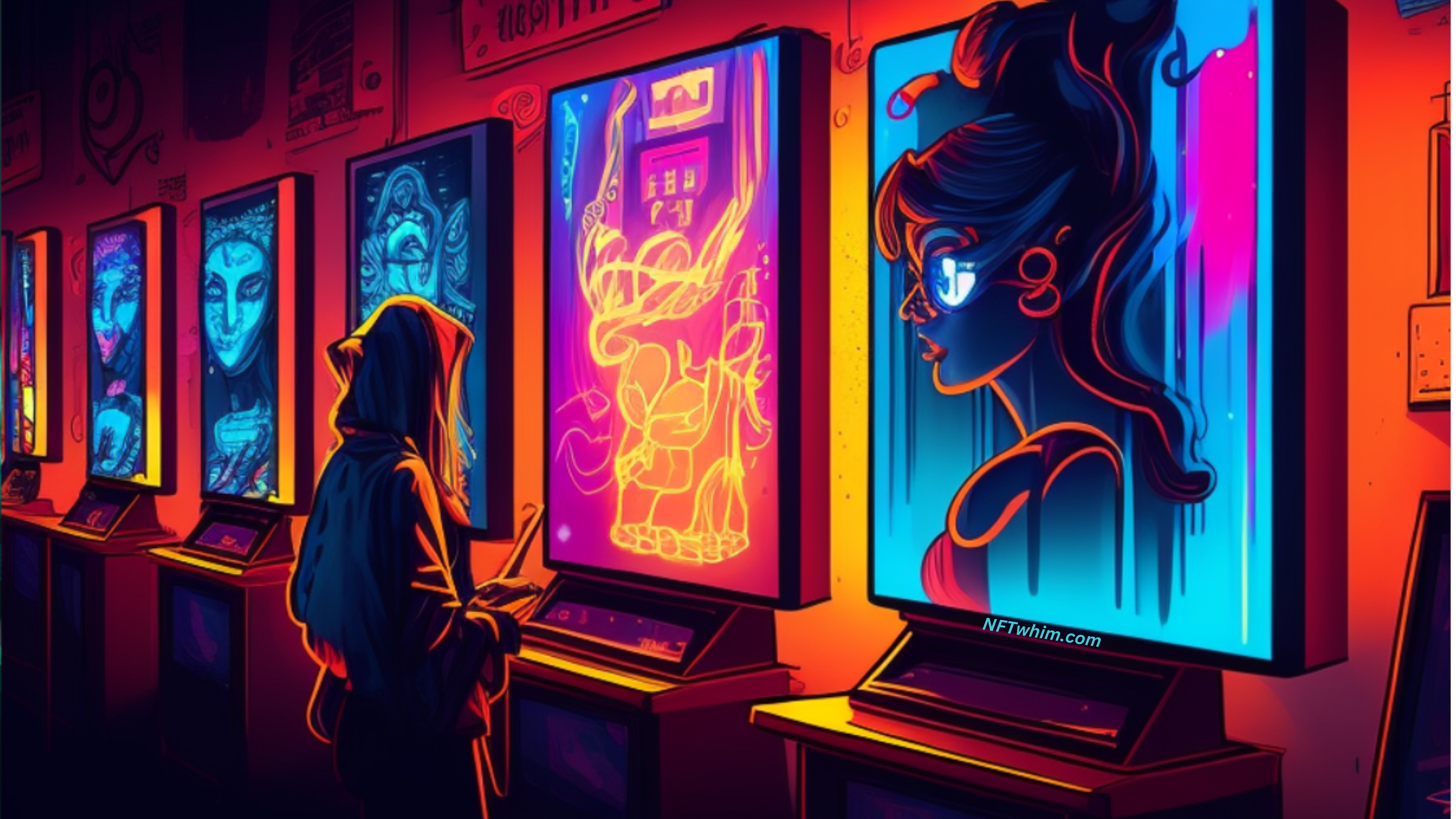NFTs, or Non-Fungible Tokens, have revolutionized the way digital art is sold and collected, and have opened up new opportunities for artists to monetize their work. One type of digital art that has become particularly popular in the NFT space is the meme art movement. In this article, we will provide a guide on how to start a career as an NFT meme artist, including all the steps you need to take to get there.
To start a career as an NFT meme artist, you should begin by developing your creative skills and finding inspiration in current events and popular culture. Building an online presence through social media, websites, and online communities is important for showcasing your work and connecting with potential buyers. Finally, navigating legal and ethical issues, creating and selling NFTs, and collaborating with other artists can help establish yourself as a professional NFT meme artist.
Ok, let’s now dive in to the meat of the matter!
Table of Contents
By the way, follow the link for a comprehensive NFT creator’s roadmap for any genre, that you may also be interested in.
Understanding the Basics of NFTs
Before diving into the world of NFT meme art, it is important to have a basic understanding of what NFTs are and how they work. NFTs are unique digital assets that are stored on a blockchain, a decentralized ledger that records transactions. Unlike traditional art, which can be duplicated and distributed without limit, each NFT is one-of-a-kind and represents a specific piece of digital art. This means that NFTs can be bought and sold just like physical art, with ownership and provenance tracked on the blockchain.
NFTs have several advantages for artists, particularly in the realm of meme art. First, NFTs provide a way for artists to monetize their work directly, without the need for intermediaries like galleries or auction houses. Second, NFTs provide a way for artists to retain control over their work, since ownership of an NFT means ownership of the underlying artwork. Third, NFTs allow for a level of transparency and authenticity that is difficult to achieve with traditional art, since ownership and provenance are recorded on the blockchain.
Examples of successful NFT meme art include the “Disaster Girl” meme, which sold as an NFT for $500,000, and the “Nyan Cat” meme, which sold as an NFT for nearly $600,000. These examples demonstrate the potential for NFT meme art to be highly lucrative and valuable in the digital art market.
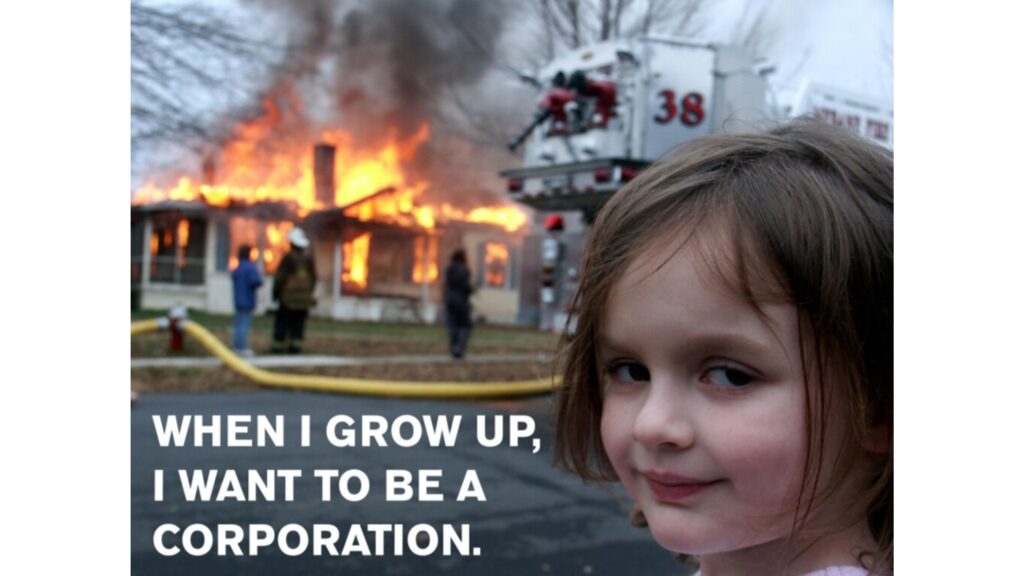
Learning Meme Art Techniques
Once you have a basic understanding of NFTs, the next step is to learn the techniques of meme art. Meme art is a form of digital art that combines humor, satire, and popular culture references to create images that are relatable and shareable. There are several types of meme art, including image macros, reaction images, and animated GIFs. Image macros are images with text overlaid, usually in a bold, white font. Reaction images are images that express a particular emotion, often used in online conversations or social media comments. Animated GIFs are short, looping videos that can be used to convey a variety of emotions or ideas.
To create meme art, you will need tools and software such as photo editing software (e.g. Photoshop, GIMP), a tablet or stylus, and a library of images and graphics. Meme art is often created by taking an existing image or graphic and adding text or other elements to make it funny or relatable. For example, the “Distracted Boyfriend” meme takes a stock photo of a man looking at another woman while his girlfriend looks on in disapproval, and adds humorous captions to the image.
To create impactful and viral meme art, it is important to understand what makes a meme popular and shareable. Memes that are relatable, timely, and funny tend to do well. It is also important to pay attention to current events, popular culture trends, and internet memes that are already circulating, and to use them as inspiration for you meme art. In addition, creating a meme with a clear and concise message is important for making it easy to understand and share.

Building Your Online Presence
Now that you have the skills to create NFT meme art, the next step is to build your online presence. Social media is an essential tool for meme artists to gain traction for their work and connect with potential buyers. Platforms like Instagram, Twitter, and TikTok are particularly popular for sharing meme art. When posting your art on social media, be sure to use relevant hashtags to make it more discoverable, and engage with other artists and followers to build a following.
Creating a website or portfolio is also important for showcasing your work and establishing yourself as a professional artist. Your website should include a gallery of your art, an artist statement, and information on how to purchase your NFTs. Having a professional-looking website can help build trust with potential buyers and give your art more credibility.
Joining online communities and forums can also be helpful for networking with other artists and getting feedback on your work. Platforms like Discord and Reddit have active communities of NFT artists and collectors that can provide valuable insights and connections.
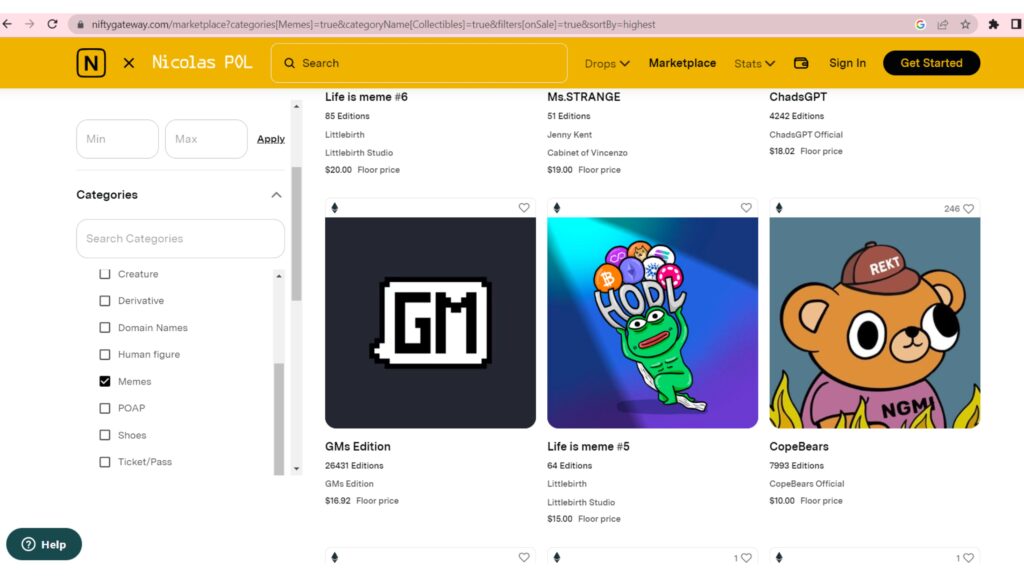
Creating and Selling Your NFT Meme Art
Once you have a following and a body of work, the next step is to start creating and selling your NFT meme art. There are several marketplaces where you can sell your NFTs, including OpenSea, Nifty Gateway, and SuperRare. Each marketplace has its own rules and fees, so be sure to do your research before choosing a platform.
When setting a price for your NFTs, it is important to consider the value of your art and the current market trends. Some factors that can influence the price of an NFT include the popularity of the artist, the uniqueness of the artwork, and the size of the edition (i.e. how many copies of the NFT are available). It is also important to be transparent about the price and the terms of the sale, including any royalties or commissions that may be owed to other parties.
Marketing and promoting your NFTs is essential for attracting buyers and generating interest in your work. Social media is a powerful tool for promoting your NFTs, but you can also consider advertising your NFTs on platforms like Google AdWords or Facebook Ads. Creating a sense of urgency or exclusivity around your NFTs can also help drive sales, such as by creating a limited edition series or offering early access to buyers.
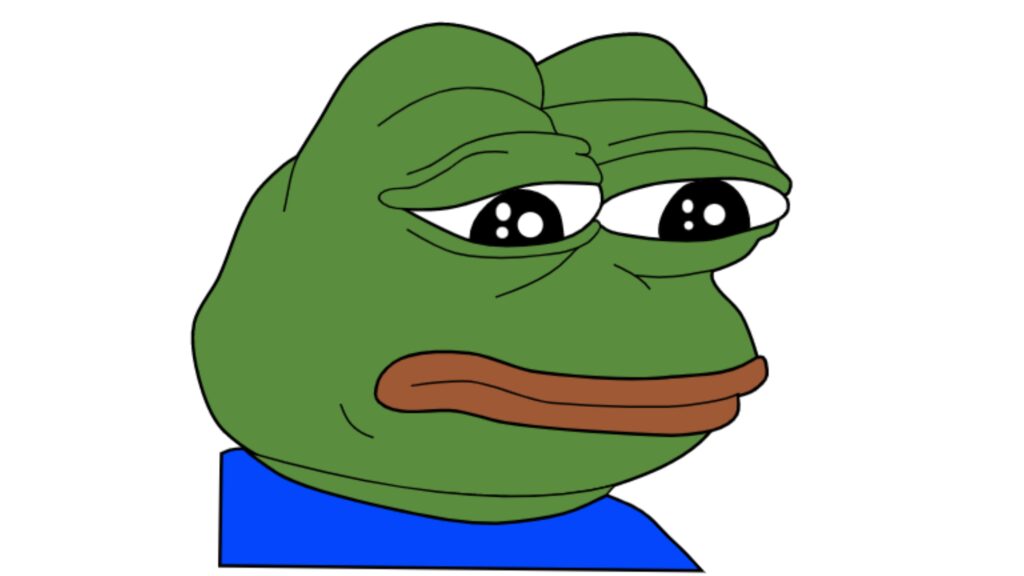
Networking and Collaborating with Other NFT Artists
Networking and collaborating with other NFT artists can be beneficial for expanding your reach and developing new ideas. By working with other artists, you can gain new insights into the creative process and learn from their techniques and strategies. Collaborating on NFT projects can also be a way to create more complex and interesting artworks that can fetch higher prices.
To find potential collaborators, consider joining online communities and forums or attending NFT-related events and conferences. Platforms like Discord and Clubhouse also have active NFT communities where you can connect with other artists.
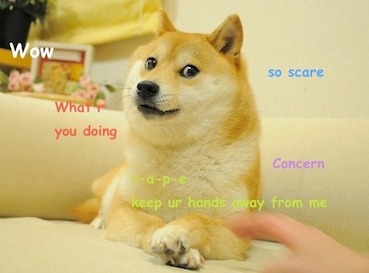
Navigating Legal and Ethical Issues in NFT Art
As with any form of art, there are legal and ethical issues to consider when creating and selling NFTs. Copyright and ownership issues are particularly important in the NFT space, since NFTs represent ownership of the underlying artwork. It is important to ensure that you have the rights to use any images or graphics in your artwork, and to be transparent about the ownership and provenance of the artwork.
Plagiarism and intellectual property rights are also important considerations in NFT art. It is important to ensure that your artwork is original and does not infringe on the intellectual property rights of others. It is also important to be transparent about any collaborations or contributions to the artwork.
Ensuring the authenticity and ownership of the artwork can help prevent disputes and build trust with buyers.
Ethical considerations are also important in NFT art. Some buyers may be interested in purchasing NFTs as an investment, which can drive up prices and create a speculative market. As an artist, it is important to consider the impact of your art on the broader cultural and social landscape, and to be transparent about your motivations and intentions.
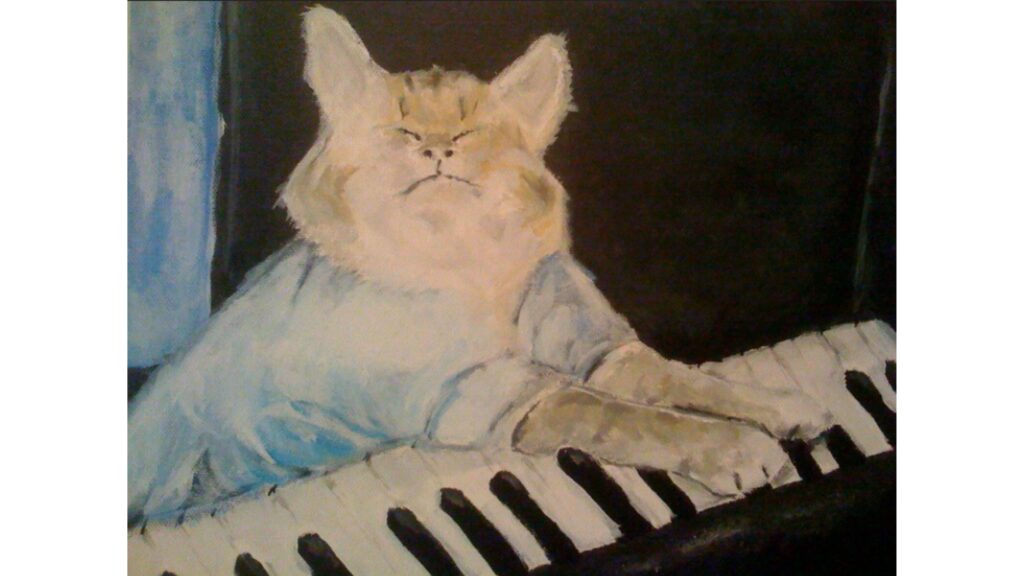
Conclusion
Starting a career as an NFT meme artist can be a challenging but rewarding path. By honing your creative skills, building your online presence, and navigating the legal and ethical issues in the NFT space, you can create valuable and meaningful works of art that resonate with collectors and fans. With the right combination of talent, strategy, and perseverance, you can carve out a unique niche in the ever-evolving world of digital art and NFTs!
Robin
Featured Image: This Is Fine Meme. Image Credit: WikiCommons.
Author: Robin Olsson
Author Bio: I’m Robin and on this website, I share everything I’ve learned since getting into NFTs in 2021. I have a background in research and I’ve been in crypto for several years. You can read more about me here.
